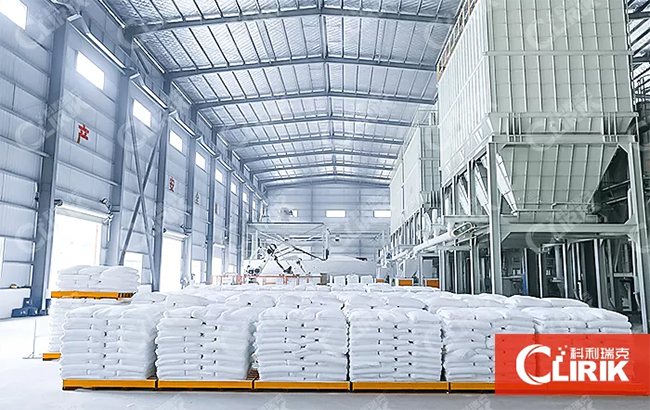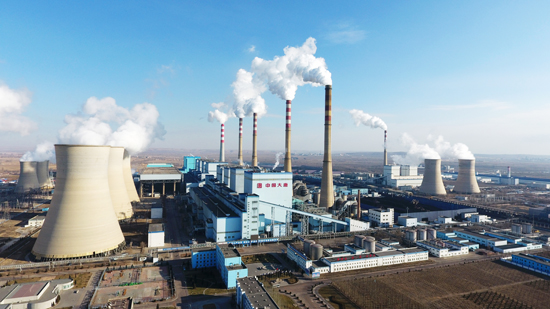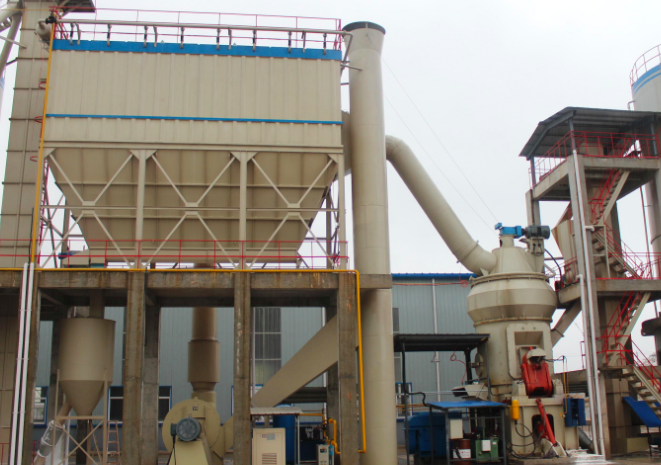Why use limestone for desulfurization?
Limestone can be used in desulfurization and has a good effect.
The greatest significance of desulfurization is to reduce acid rain by reducing sulfur dioxide emissions, and it can also contribute to reducing air pollution.
What are the requirements for limestone powder for desulfurization? Which kind of pulverizer can process?
Since desulfurization in power plants is accomplished by chemical reactions, the more natural reaction effects are, the better. In addition to the nature of the element itself, the speed of the reaction and the effect of the reaction are related to the external conditions, such as temperature and contact area.
In the power plant furnace temperature, the most suitable temperature can be selected for blowing, but how to increase the contact area? In fact, it is not difficult to increase the fineness of the desulfurizer. This requires that the finished particles of the power plant desulfurization mill must be sufficiently fine and uniform to achieve a better chemical reaction.
The finer the lime powder, the more the chemical reaction is. The better the desulfurization effect. If you only pursue fineness, ultrafine powder grinding mill, three-ring medium-speed grinding mill and other ultra-fine powder grinding equipment are most suitable, but powder grinding also requires a certain amount of energy. The finer the fineness, the more energy consumption. Compare the production cost of the enterprise The higher the cost.
Many experiments and studies have shown that the desulfurization effect of lime powder at 325 mesh can fully meet the air quality testing standards. Therefore, the desulfurization of power plants is usually based on this fineness. If the lime powder has high purity and good taste, 250 mesh can also be used for desulfurization in power plants.
From the fineness of the desulfurizer, you can determine how many types of
milling equipment to choose, and which one is most suitable.
Optional desulfurization mills include
Raymond mill, high-pressure suspension grinding mill, three-ring medium-speed mill, vertical mill, etc. Among them, the desulfurization in power plants is mostly use
Raymond mill, high-pressure suspension grinding mill and
three-ring medium-speed grinding mill.
These three kinds of mills have large output, high efficiency, and uniform fineness of the finished product, and good taste. In particular, the
high-pressure suspension roller mill is widely used in the desulfurization process.
The principle of limestone desulfurization:
Limestone decomposes at high temperature: CaCO3 == (high temperature) == CaO + CO2↑
Combination of calcium oxide and sulfur dioxide: CaO + SO2 == (high temperature) == CaSO3
What is the process flow of limestone desulfurization?
The limestone wet flue gas desulfurization process is generally operated under the condition of a pH value of less than 6.2, which can increase the solubility of limestone. When the pH value is between 5.5 and 6.0, most of the SO2 absorbed by the circulating slurry exists in the form of HSO3- and cannot be combined with H+. Because lime is easier to dissolve than limestone, lime still has a higher solubility under higher pH conditions. In the lime wet desulfurization process, the pH value of the circulating slurry is usually controlled in the range of 6.5 to 7.5. In this pH range, the dissolved SO2 is in the form of SO32- and neutralizes H+ by combining with a positive ion. , So the alkalinity of the circulating slurry is increased.
The dissolution of the reactant can be carried out either in the absorption tower or in the reaction tank. Under certain conditions, especially in the forced oxidized limestone flue gas desulfurization process, there is only a very small amount of SO32- in the slurry compared with the SO2 that needs to be neutralized in the slurry. Therefore, the dissolved limestone can only be used as a circulating slurry to absorb SO2 in the collecting tower. Under other conditions (usually in the lime wet desulfurization process that inhibits oxidation), when SO2 is absorbed, a large amount of sulfite in the circulating slurry of the absorption tower neutralizes H+, which makes almost all the lime dissolution process All are carried out in the reaction tank.
In the power plant desulfurization system, another important reaction in the power plant desulfurization process is the oxidation of SO32- and HSO-3 to SO42-. In general, the oxygen in these reactions comes from flue gas. But in the forced oxidation process. The oxygen mainly comes from the oxidizing air sprayed near the bottom of the reaction tank.
Under normal pH operating conditions, calcium sulfite and calcium sulfate are slightly soluble, so these salts will precipitate out at the last step of the entire process reaction. Depending on the degree of oxidation, the reaction product can be either calcium sulfite hemihydrate or a soluble solid composed of calcium sulfite and calcium sulfate hemihydrate, calcium sulfate dihydrate (gypsum), or a soluble solid Mixture of slabs and gypsum. The experimental results found that when the proportion of SO2 absorbed by the slurry oxidized to sulfate exceeds about 0.15, the sulfate reaches a saturated state in the soluble solids. If the oxidation continues, calcium sulfate dihydrate, namely gypsum, will be precipitated.
In fact, all of the above reactions occur almost simultaneously. Therefore, the total SO2 absorption rate may be limited by a certain reaction or several reactions. In the limestone wet flue gas desulfurization system, the dissolution rate of the limestone reactant is relatively slow, so the reaction has a great influence on the overall SO2 absorption rate. In the lime wet flue gas desulfurization system, the solubility of lime is very good, and the absorption reaction of SO2 is usually slow.
Precautions for limestone desulfurization process:
1. During the operation, the shortest operation time possible, and the proper low-cost placement in the container will produce the effect of absorbing the humidified gas or water droplets in the sealed space.
2. Before use, when storing, it should be isolated from the humid environment, and be very careful when moving to prevent the packaging from being damaged and contact with humid air, which will affect the raw materials and further affect the use effect.
3. Note that once the desulfurized limestone powder is swallowed or enters the eyes by mistake, since it reacts with water to release a lot of heat, it can also react after taking it. If you accidentally take it, you should rinse your mouth immediately and spit out the desulfurized limestone powder. Seek medical attention quickly. Never drink water, because the desulfurized limestone powder will have a corrosive effect under the action of water and damage the esophagus.
What is the purpose of desulphurized limestone powder slag?
It can be used as an additive raw material for the production of building materials, such as cement.
The amount of desulfurized limestone powder will mainly affect the mortar. The influence on the mortar is mainly reflected in the amount of limestone powder. As the amount of limestone powder increases, the voids in the mortar are gradually filled with fine limestone powder particles. The filling water required for the body is reduced.
In the case of shutdown, most power plants choose limestone as the desulfurization curing agent because of its wide source, low price and high desulfurization efficiency. Lime, zinc oxide, carbide slag, etc. can also be selected as the desulfurization curing agent according to the location. The sulfate properties produced by different desulfurization curing agents are different, which affects the comprehensive utilization performance of the ash and slag.

--Who we are?
Shanghai CLIRIK Machinery Co.,Ltd. has been committed to the field of ultra-fine powder grinding machines for 20 years.
CLIRIK has a first-class manufacturing base with standardized and intelligent production lines.
CLIRIK's professional R&D, sales, installation and after-sales teams have provided door-to-door services to more than 100 countries and regions.
--Which models can be selected for processing ultra-fine powder?
HGM grinding mill: 74-5 micron(200-2500 mesh); D97=5 micron
YGM Raymond mill: 613-33 micron(30-325 mesh); D90=30 micron
CLUM vertical roller mill: 20-5 micron(600-3000 mesh); D50=2 micron D97=4 micron
--What information should customers give us in order to let us provide more efficient & suitable quotation and assistance?
1. What kind of material do you process?
2. What is output size do you need?
3. What is capacity do you need?
--What's the payment terms?
Negotiable
--Are customized products accepted?
Your idea, your choice, we design. Nothing is impossible. We are always waiting for you here, where are you.
--What about the price?
We would give you a latest price according to the model and quantity.
--How to get the latest quotation?
You can leave a message online or contact CLIRIK directly:
Email: sales@clirik.com
WhatsApp: +8613512155195/+8613917147829



